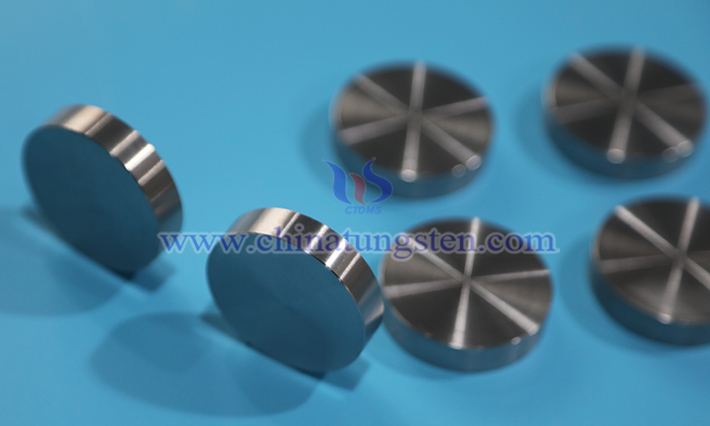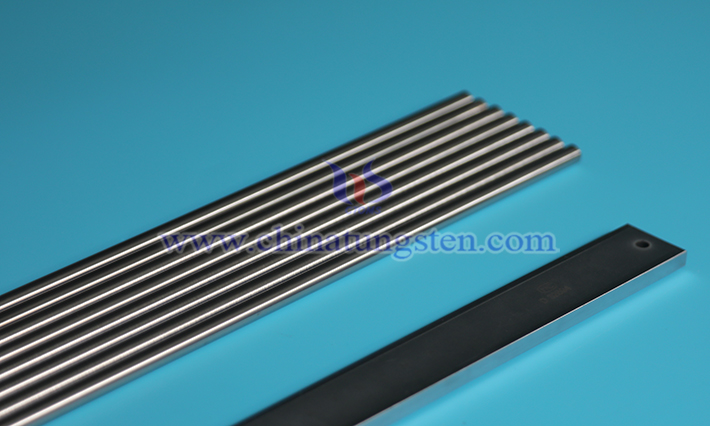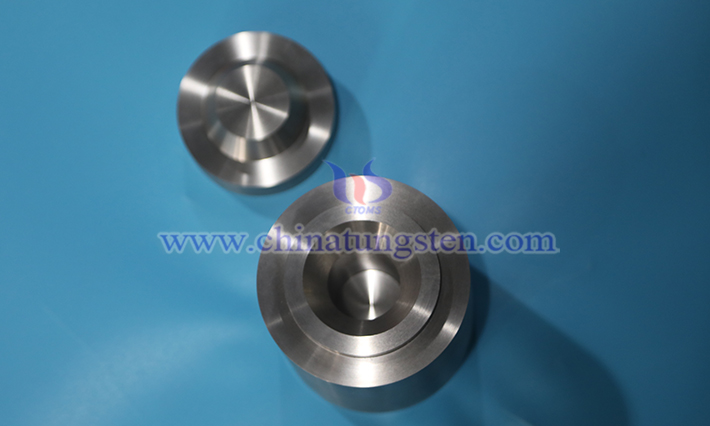Factors Influencing the Performance of Tungsten-Nickel-Iron Alloy
- Details
- Category: Tungsten Information
- Published on Monday, 07 July 2025 10:47
In the vast landscape of modern industry, tungsten-nickel-iron alloy stands out as a multifaceted material due to its unique properties, playing a pivotal role across numerous fields. From high-precision equipment in aerospace to robust tools in oil drilling, from protective components in medical devices to precision parts in the automotive industry, this alloy is ubiquitous.
In aerospace, it is used to manufacture satellite counterweight devices and critical aircraft engine components. The high density of the alloy helps adjust satellite centers of gravity, ensuring stable orbital postures. In medical equipment, it is employed to create radiation shielding parts for CT scanners and linear accelerators, effectively absorbing X-rays and gamma rays to protect patients during diagnostics and treatments. In the automotive industry, it is utilized in manufacturing balance shafts and synchronizers for transmissions, enhancing vehicle performance and stability.
Given its critical role across these domains, a deep exploration of the factors influencing its performance is essential.

I. Composition Ratio: The Cornerstone of Alloy Performance
The composition ratio in tungsten-nickel-iron alloy acts as a foundational element, critically shaping its properties. Variations in the proportions of different elements can magically transform the alloy’s characteristics.
During preparation, the nickel-to-iron ratio is typically 7:3 or 1:1, the most common ratios in production. For instance, the 7:3 ratio is often preferred in aerospace component manufacturing, balancing strength with good toughness to meet the complex demands of aviation conditions. In contrast, a 1:1 ratio might be favored for electronic device parts requiring specific magnetic properties. Changes in the nickel-iron ratio can cause fluctuations in mechanical performance; studies suggest that increasing this ratio can enhance both strength and toughness, as a more uniform microstructure and effective binder phase improve stress transmission and dispersion.
Tungsten, as the primary component, significantly impacts alloy properties when its content varies. Higher tungsten content increases hardness due to tungsten’s inherent high hardness, forming a rigid framework that resists deformation under external forces. It also boosts density and high-temperature resistance, making high-density tungsten-nickel-iron alloys suitable for aerospace counterweights and medical balance devices. However, excessive tungsten increases brittleness and reduces ductility, as the relative binder phase content decreases, lowering plastic deformation capacity and increasing the risk of fracture under impact or tension.

II. Impurity Content: The Overlooked "Minor Player"
Though seemingly minor, impurity content in tungsten-nickel-iron alloy is a critical factor influencing performance. Even trace amounts of impurities like hydrogen, oxygen, carbon, nitrogen, sulfur, and phosphorus can cause issues. For example, hydrogen, with lower solubility in tungsten than in nickel or iron, can induce hydrogen embrittlement, reducing plasticity, ductility, and service life. Oxygen, reacting with tungsten at high temperatures to form tungsten oxide, can decrease plasticity and toughness while enlarging grain size, weakening strength and hardness.

III. Preparation Process: The "Magic Hand" Shaping Performance
The preparation process acts as the "magic hand" in crafting tungsten-nickel-iron alloy’s performance, with different methods acting like unique recipes to create distinct microstructures and properties.
Powder Metallurgy: A core technique, it starts with mixing high-purity tungsten, nickel, and iron powders in specific ratios, followed by grinding and sieving. The mixture is then shaped into blanks via hot pressing, hot isostatic pressing, or vacuum sintering, with subsequent annealing or quenching to refine the microstructure (e.g., uniform tungsten particle distribution and grain boundary characteristics), optimizing strength and toughness.
Chemical Co-Precipitation: This method involves preparing a mixed solution of soluble tungsten, nickel, and iron salts, adding a precipitant to co-precipitate metal ions into composite oxide powder, which is then reduced with hydrogen to form nanoscale, near-spherical tungsten-nickel-iron composite powder. Subsequent shaping and sintering yield a dense alloy with high relative density and a fine, uniform microstructure.
IV. Heat Treatment Conditions: The "Key" to Unlocking Potential
Heat treatment conditions serve as the "key" to unlocking the alloy’s performance potential, significantly affecting its crystal structure, internal stress, and mechanical properties through methods like solution quenching and vacuum heat treatment.
Temperature is central to heat treatment. Too low a temperature prevents full elemental dissolution, hindering uniform solid solution formation and performance enhancement, while excessive heat can cause grain growth, reducing strength and toughness. The optimal solution temperature must be tailored to the alloy’s composition and desired properties.
Treatment duration is equally important. Insufficient time limits atomic diffusion, preventing desired microstructural changes, while overly long durations increase costs and may degrade performance. In vacuum heat treatment, duration should align with the alloy’s size, shape, and equipment characteristics.
Cooling rate is another key parameter. Rapid cooling (e.g., quenching) preserves high-temperature microstructures, yielding metastable phases or supersaturated solid solutions to boost strength and hardness, while slow cooling can coarsen the structure, lowering performance. Selecting the appropriate cooling rate post-solution treatment is critical.

V. Processing Stress: The "Hidden Killer"
Processing stress, generated during machining like cutting or forging, acts as a "hidden killer," disrupting the alloy’s lattice structure and altering atomic positions, increasing the risk of cracking, warping, or deformation under external forces.
Vacuum heat treatment is an effective solution to mitigate this threat. Conducted in a high-temperature vacuum, it induces microstructural changes to relieve processing stress, enhancing alloy performance.
- Chinatungsten Online: www.tungsten-alloy.com
- CTIA GROUP LTD: en.ctia.group
- Tungsten News & Price: www.ctia.com.cn
- Molybdenum News & Price: news.molybdenum.com.cn
- Tel.: 86 592 5129696; Email: sales@chinatungsten.com



 sales@chinatungsten.com
sales@chinatungsten.com